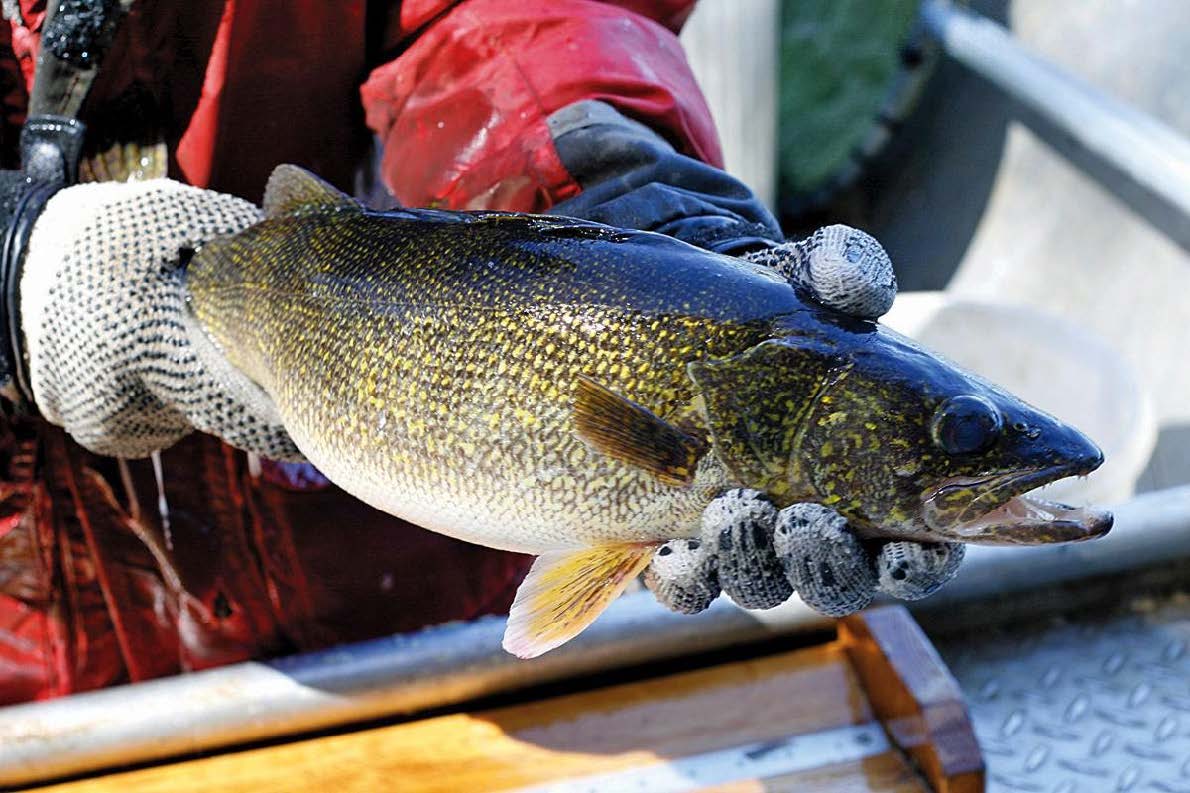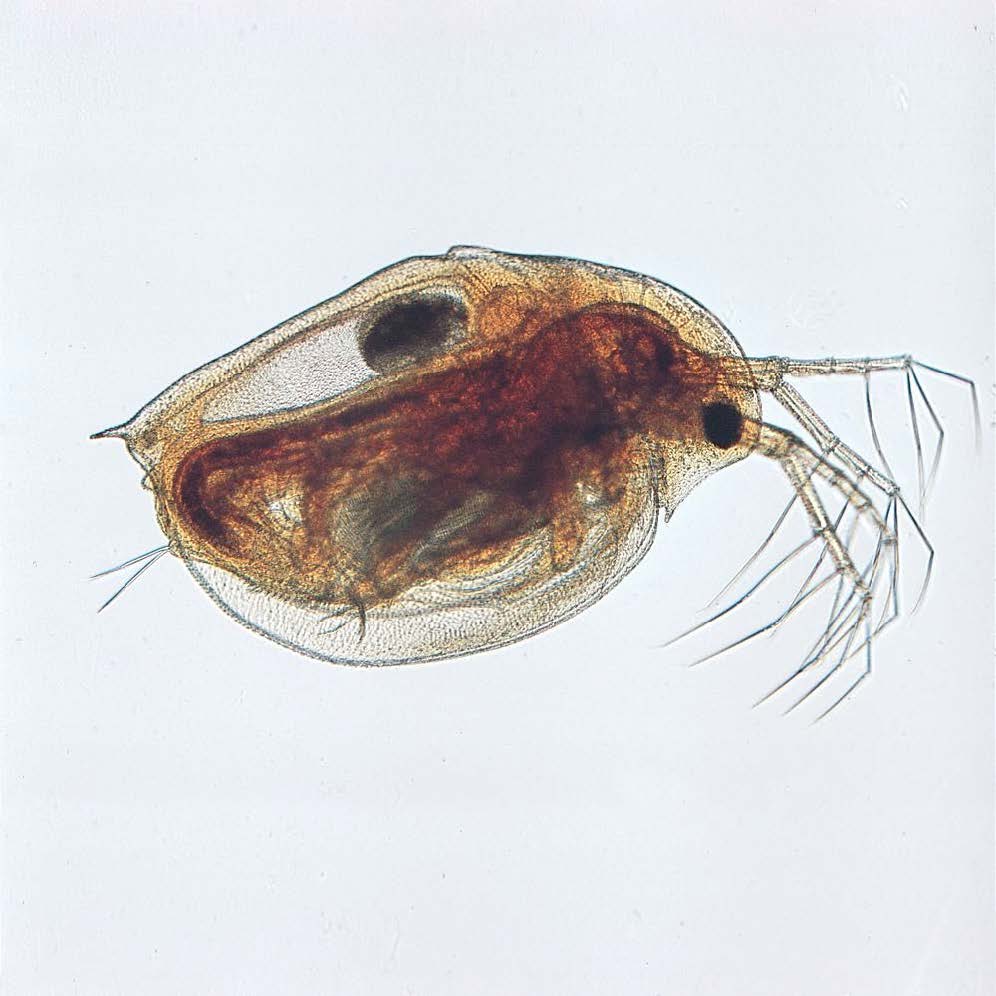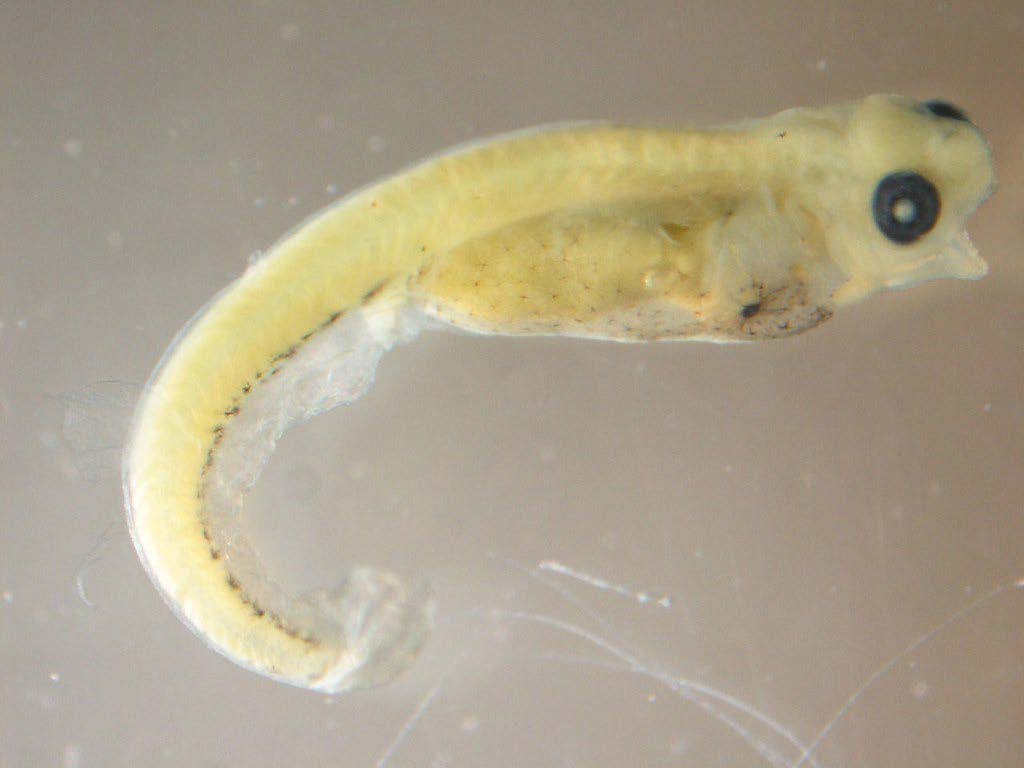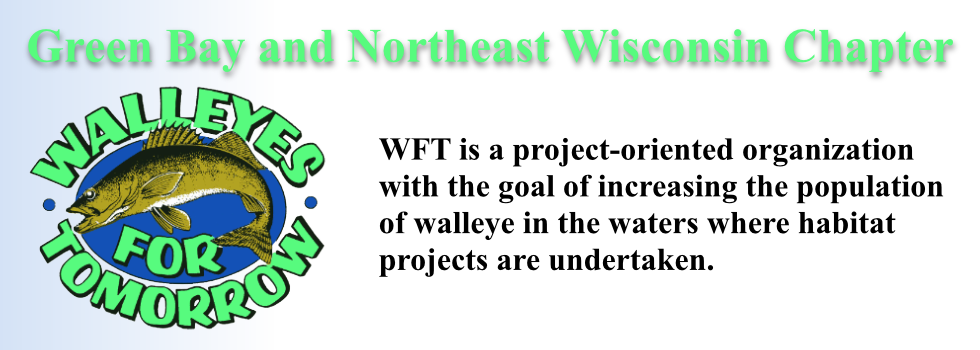Nathan Jaksha1, Daniel Isermann2, & Daniel Dembkowski1
University of Wisconsin-Stevens Point1, USGS-Wisconsin Cooperative Fishery Research Unit2
Introduction
- Walleye are an important species in Wisconsin that support both recreational hook-and-line and tribal spear fisheries.
- Walleye recruitment has declined in some lakes that previously supported natural recruitment yet has remained stable in other lakes.
- Recent studies suggest that a recruitment bottleneck may be occurring at or before the larval stage in lakes exhibiting declines in natural recruitment.
- Reasons for the contrasting trends in recruitment among populations are unclear, as are mechanisms underlying the recruitment bottleneck in lakes with declining recruitment.
- Differences in prey availability among lakes with different recruitment histories could contribute to the observed trends in recruitment.
- Assessment of larval walleye diets from lakes with different recruitment histories could provide important insight to the role of prey resources in explaining trends in walleye recruitment in Wisconsin lakes.

Objective
Describe diet composition of larval walleyes in northern Wisconsin lakes displaying two different recruitment histories: sustained natural recruitment (S-NR) and declining natural recruitment (D-NR).
Methods – Sampling
- Larval walleye sampling occurred during 2016 & 2017 on 13 lakes
- Five of these lakes were resampled in 2018
- Sampling started mid-May each year
- Continued at 7-10 d intervals until early June
- Surface temps = 11-16˚C
- Larval walleyes were collected using a 1,000-µm mesh conical ichthyoplankton net.
- Towed at surface (5 min) at both nearshore (within 100-m) & offshore locations (≥100-m) at night
- Percid larvae identified to species using dichotomous keys
- Random subset selected for genetic verification of visual species identification using PCR techniques
Methods – Diets
- Gut contents of each fish were removed and diets were quantified using mean percent composition by number of individual diet items.
- Zooplankton items classified to order for adult copepods and genus for cladocerans
- Larval fish encountered in diets identified genetically using qPCR techniques


Results – All Lakes
- Larval walleye collected from 6 S-NR lakes and 4 D-NR lakes (diets summarized in Table 1).
- Guts were removed from 115 larval walleyes (mean TL = 11.4 mm; range = 6.4 –22.0 mm).
- 27% of diets (31 of 115) were empty
- 37% of diets (42 of 115) contained larval yellow perch
- 16% of diets (18 of 115) contained zooplankton
Table 1. Mean percent composition by number and counts of prey items observed in larval walleye diets from all lakes combined.Search:
| DIET ITEM | % COMPOSITION | COUNT |
|---|---|---|
| Daphnia spp. | 15.0 | 41 |
| Calanoid Copepods | 1.8 | 3 |
| Cyclopoid Copepods | 5.8 | 16 |
| Bosmina spp. | 0.5 | 3 |
| Larval Fish | 63.3 | 49 |
| Unidentifiable | 13.5 | 10 |
Showing 1 to 6 of 6 entries
Results – S-NR vs. D-NR Lakes
- S-NR Lakes = 86 larval walleye (diets summarized in Table 2)
- Larval walleye mean length = 11.3 mm (range = 6.5 -22.0 mm)
- 38 % of diets (33 of 86) were empty
- 31% of diets (27 of 86) contained larval yellow perch
- 20% of diets (17 of 86) contained zooplankton
- D-NR Lakes = 29 larval walleye (diets summarized in Table 2)
- Larval walleye mean length = 12.4 mm (range = 7.8 -21.0 mm)
- 28% of diets (8 of 29) were empty
- 52% of diets (15 of 29) contained larval yellow perch
- 3% of diets (1of 29) contained zooplankton
Table 2. Mean percent composition by number and counts of prey items observed in larval walleye diets from S-NR and D-NR lakes.
| RECRUITMENT HISTORY: | S-NR LAKES | D-NR LAKES | ||
|---|---|---|---|---|
| Diet Item | % Composition | Count | % Composition | Count |
| Daphnia spp. | 19.1 | 40 | 4.8 | 1 |
| Calanoid Copepods | 2.5 | 3 | 0.0 | 0 |
| Cyclopoid Copepods | 8.1 | 16 | 0.0 | 0 |
| Bosmina spp. | 0.7 | 3 | 0.0 | 0 |
| Larval Fish | 60.1 | 34 | 71.4 | 15 |
| Unidentifiable | 9.4 | 5 | 23.8 | 5 |
Discussion
- Larval yellow perch were the dominant prey item for larval walleyes in lakes exhibiting both sustained and declining natural recruitment.
- Extent of piscivorymuch greater than previously assumed
- In general, larval walleyes in S-NR lakes consumed a greater diversity of prey items and more zooplankton than larval walleyes in D-NR lakes.
- Further statistical analyses required to determine if diets and prey availability differed between S-NR & D-NR lakes.
Acknowledgements
- This study was funded by the Wisconsin Department of Natural Resources through the Fisheries Analysis Center at the University of Wisconsin-Stevens Point.
- Jason Gostiaux
- Walleyes for Tomorrow: Research Fellowship
